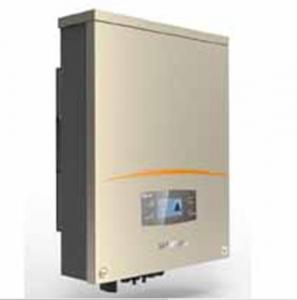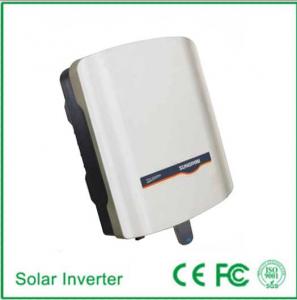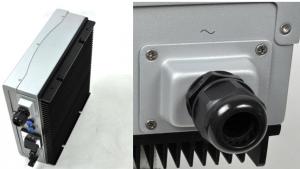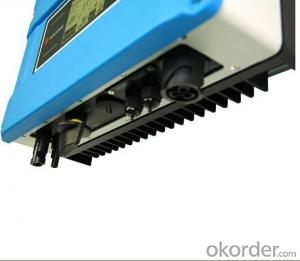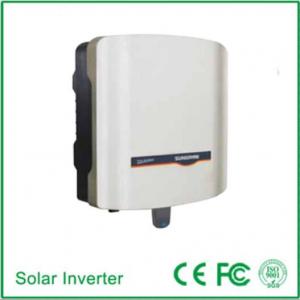Saj Solar Inverter
Saj Solar Inverter Related Searches
Solar Solar Inverter Sun Solar Inverter Ja Solar Inverter Smart Inverter Solar Solar Smart Inverter Solar Electric Inverter Solar Plant Inverter Samsung Solar Inverter Solar Sma Inverter Solar Rechargeable Inverter Solar Energy Inverter Smart Solar Inverter Solar Converter Inverter Solar Ark Inverter Solar Farm Inverter Sunshine Solar Inverter Sma Solar Inverter Su Kam Solar Inverter Solar Light Inverter Japanese Solar Inverter Smart Solar Power Inverter Sunny Solar Inverter Solar Power Plant Inverter Solar Ac Inverter Solar Photovoltaic Inverter Sharp Solar Inverter Solar Charge Inverter Solar Powered Inverter Solar Battery Inverter Solar Inverter In PakistanSaj Solar Inverter Supplier & Manufacturer from China
Saj Solar Inverter is a high-quality product designed to convert solar energy into usable electrical power for various applications. These inverters are essential components in solar power systems, ensuring that the energy harnessed from the sun is efficiently transformed and utilized. They play a crucial role in both residential and commercial settings, where solar panels are installed to generate clean and renewable energy. The Saj Solar Inverter is known for its reliability and efficiency, making it a popular choice among solar power users.The Saj Solar Inverter is widely used in various scenarios where solar energy is harnessed to power homes, businesses, and even off-grid applications. It is particularly useful in areas with limited access to traditional power sources, providing a sustainable and eco-friendly alternative. The inverter's ability to convert DC power from solar panels into AC power makes it compatible with most electrical devices and appliances, ensuring a seamless transition to solar energy usage. This versatility allows the Saj Solar Inverter to be a key component in a wide range of solar power systems, from small-scale residential installations to large-scale commercial projects.
Okorder.com is a leading wholesale supplier of the Saj Solar Inverter, offering a vast inventory to cater to the growing demand for solar power solutions. As a reputable online platform, Okorder.com ensures that customers have access to a wide range of Saj Solar Inverter products at competitive prices. Their commitment to quality and customer satisfaction makes them a trusted source for those looking to invest in solar power technology. With a large inventory and a focus on providing top-notch service, Okorder.com is the go-to destination for anyone in need of Saj Solar Inverter products.
Hot Products















